In the past, painting and coating operations relied heavily on manual experience, where the adjustment of pressure, flow rate, and spray shape was filled with uncertainty. This not only led to inconsistent product quality but also resulted in material waste and high maintenance costs. However, within the framework of smart manufacturing, coating technology is evolving from a simple mechanical process into an intelligent system that can be precisely controlled, monitored, and optimized.
A New Wave in Manufacturing: The Future Evolution of Coating Technology
In 2024, the number of operational industrial coating robots globally has surpassed 142,000, with a market size of approximately $2.46 billion. As the manufacturing industry enters the Fourth Industrial Revolution, advanced technologies—such as the Internet of Things (IoT), artificial intelligence (AI), robotics, and big data—are reshaping production methods.
Real-time monitoring and data-driven decisions have brought significant changes to many industries, and the coating sector is no exception. This technology not only enables a high degree of production automation but also allows for precise control over coating quality. For example, IoT sensors can monitor parameters like temperature and viscosity in the coating environment, ensuring a uniform and consistent film while also detecting anomalies to improve yield and reduce material waste.
This evolution empowers what was once a highly manual painting process to achieve a new level of "precision" and "efficiency."
From Automation to IoT: The Spray Gun Is No Longer a Single Component
In the era of smart manufacturing, the spray gun itself is gradually evolving from a passive tool into a "smart device." A spray gun can be embedded with sensors for pressure, flow, and wear, linking to a central system through industrial communication protocols for real-time monitoring and analysis. In the automotive industry, for instance, integrating robotic spraying systems can cut overspray by approximately 30%, saving thousands of liters of paint per factory each year.
The benefits are also evident in extreme operating environments. At an injection well in a sandy area, Saudi Aramco adopted a wear-resistant spray gun with an embedded IoT sensor, extending its maintenance cycle from 90 to 140 days. This shows that a "smart spray gun" not only improves coating quality but also significantly reduces maintenance costs and the need for touch-ups. With IoT connectivity, the coating process becomes data-driven and visible, allowing managers to remotely adjust production parameters or schedule maintenance promptly, achieving full-process optimization.
Ranox: Embracing the Smart Future, Setting a New Benchmark for Coating Solutions
Facing this technological revolution, the Taiwanese manufacturer Ranox is not just a bystander but an active participant and a key driver. Leveraging its deep R&D capabilities and keen market insight, Ranox is committed to providing customers with coating solutions that meet the demands of future manufacturing.
Amidst the wave of automation and IoT, Ranox's core strength lies in its outstanding OEM/ODM capabilities and forward-thinking product development. The Ranox team works closely with clients from the initial product design phase to incorporate smart features, creating customized smart spray guns and systems equipped with sensing and connectivity functions for various unique applications.
Through these strategic initiatives, Ranox is influencing the international coating industry with its innovative products and services, opening up new value in smart coating for its global partners.
Toward High-Efficiency, Low-Waste Production in the Future
Within the framework of smart manufacturing, coating technology has evolved from a simple mechanical process into an intelligent system that can be precisely controlled, instantly monitored, and optimized with data. This transformation not only significantly enhances production precision and efficiency but also fundamentally solves the issues of material waste and maintenance costs caused by human error or unstable equipment.
By integrating IoT sensors, coating equipment can proactively predict problems and optimize workflows, enabling comprehensive data-driven management. This technological revolution is leading the industry away from traditional manufacturing and toward a more competitive and sustainable future.


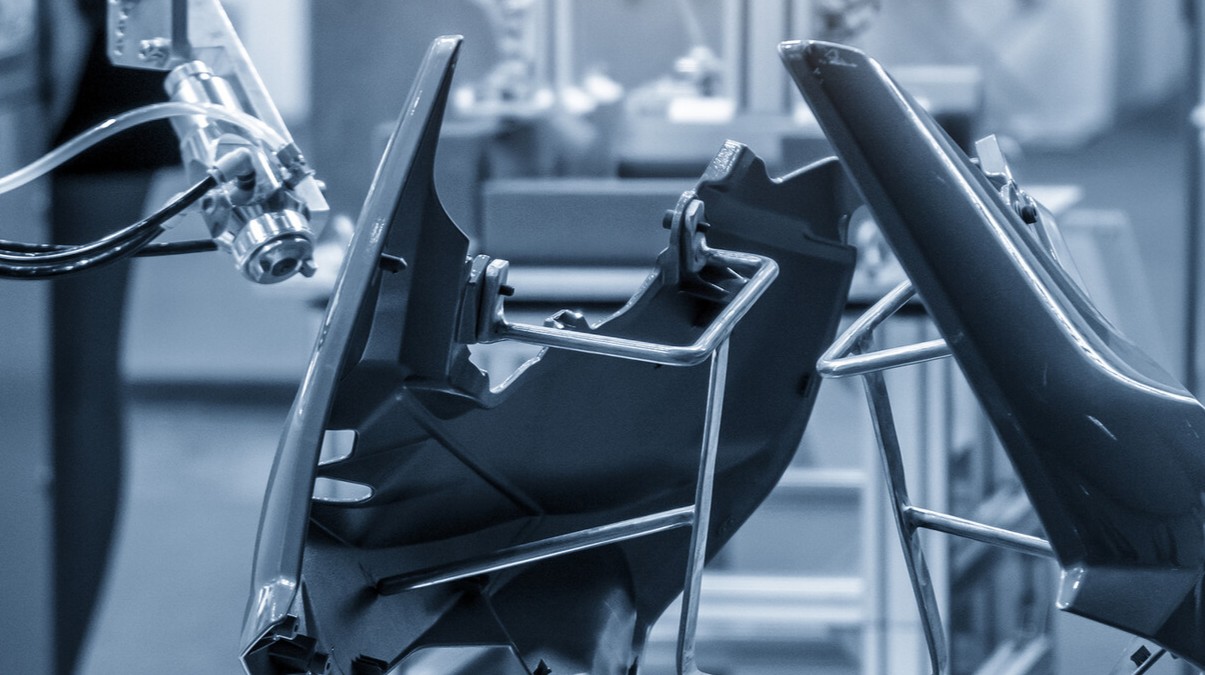
.jpg)
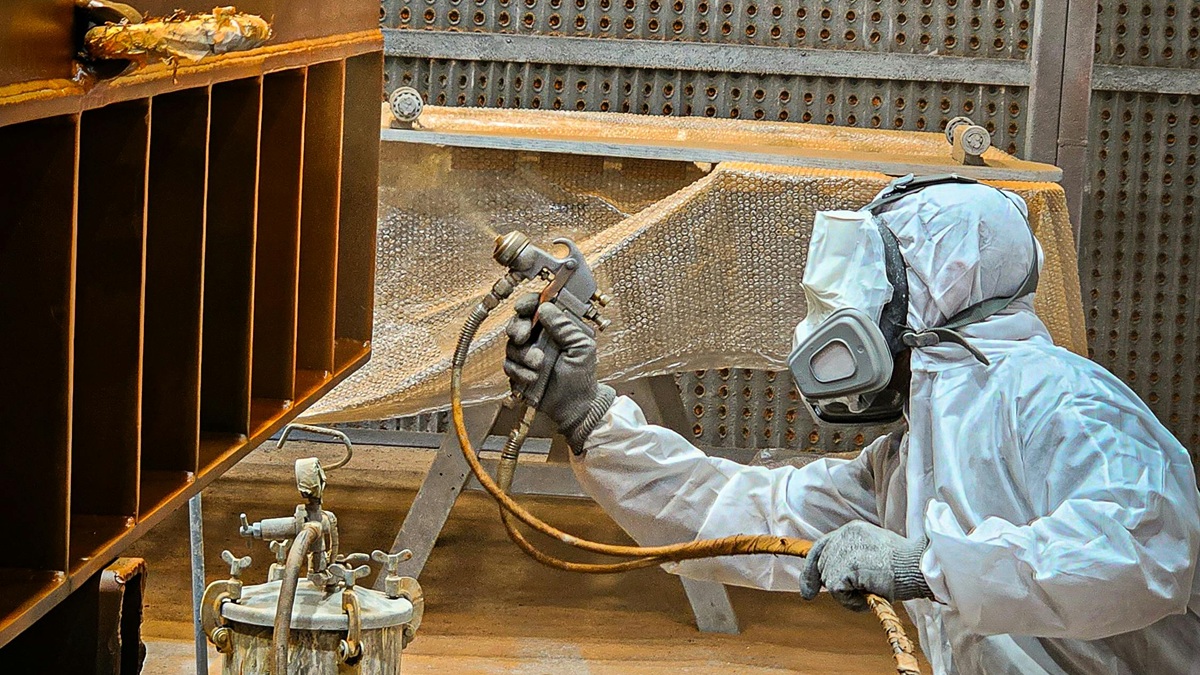

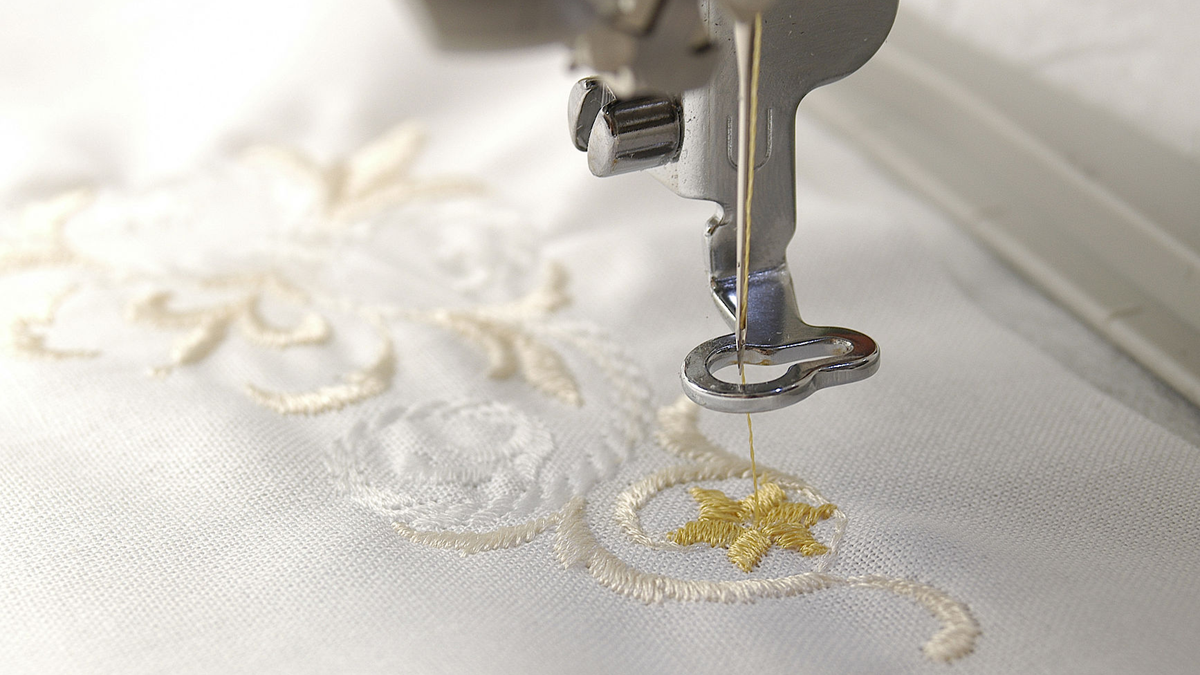
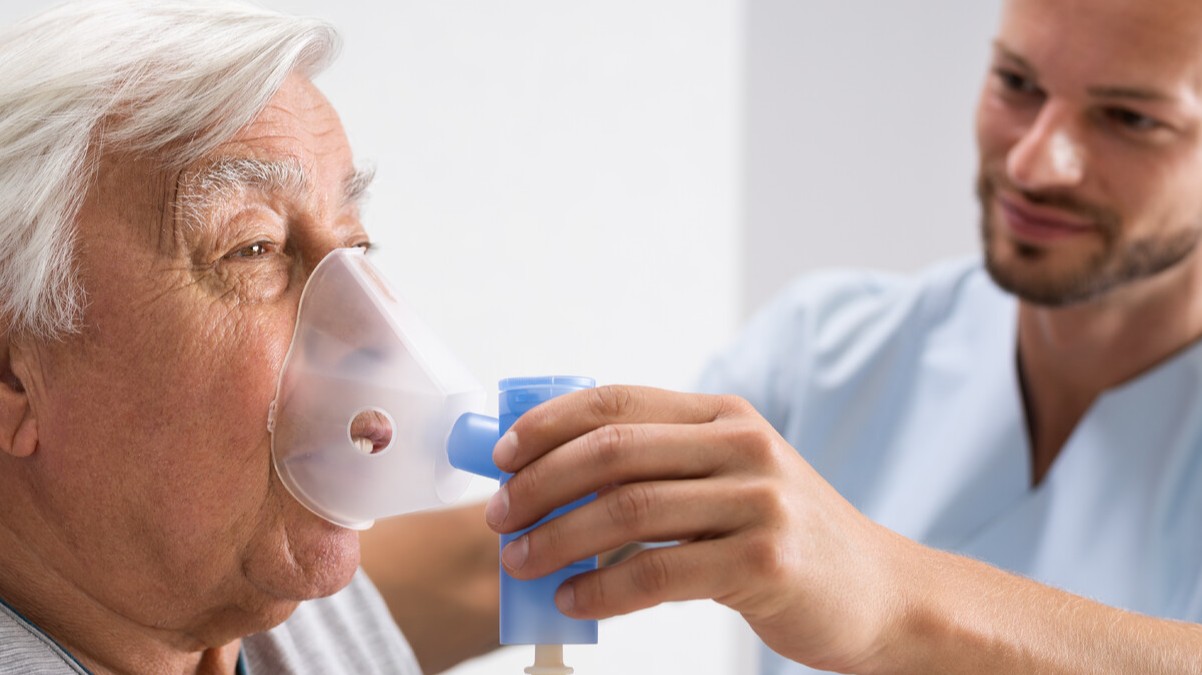
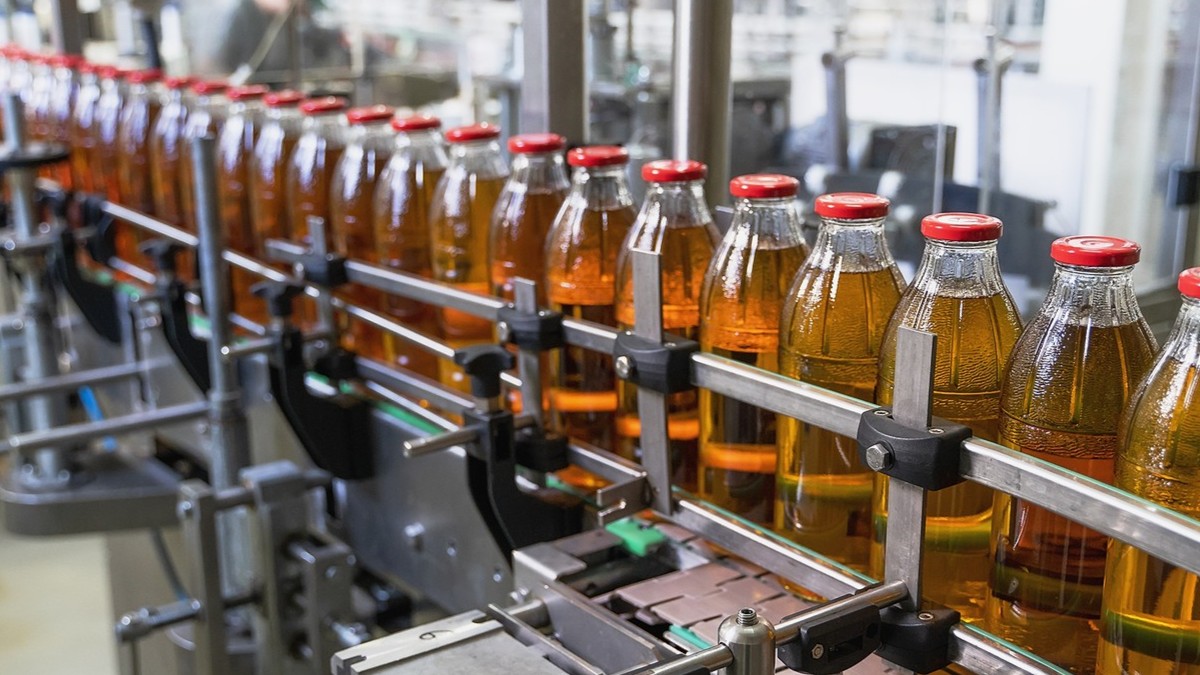

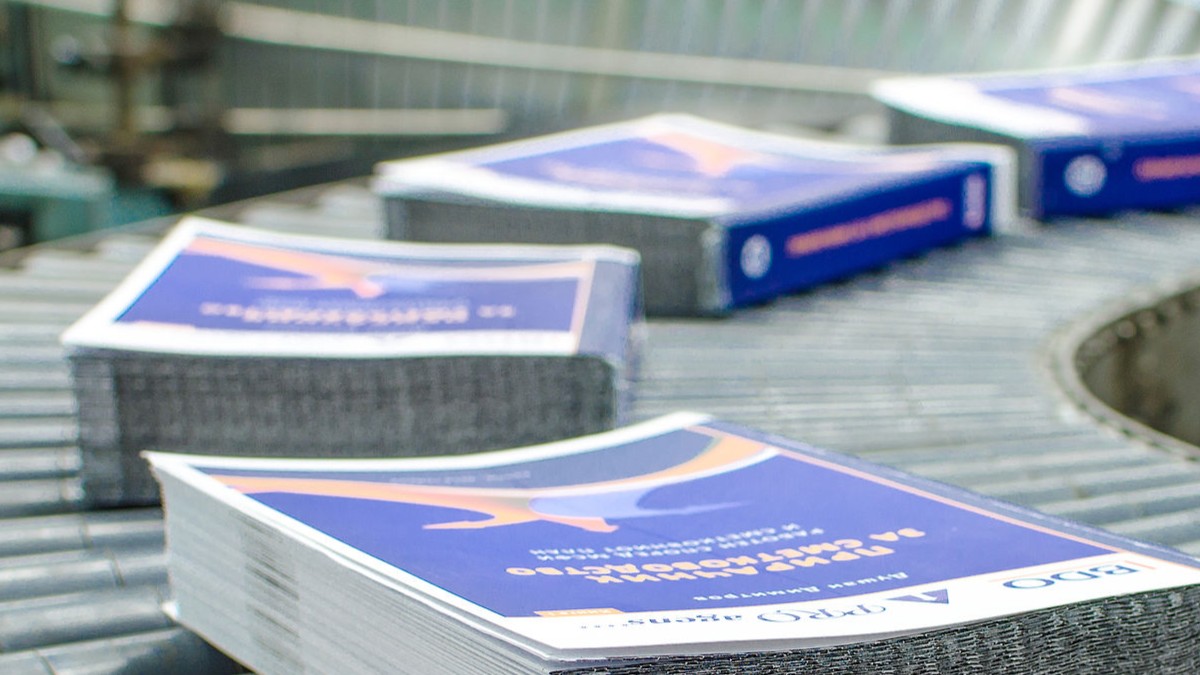



.jpg)